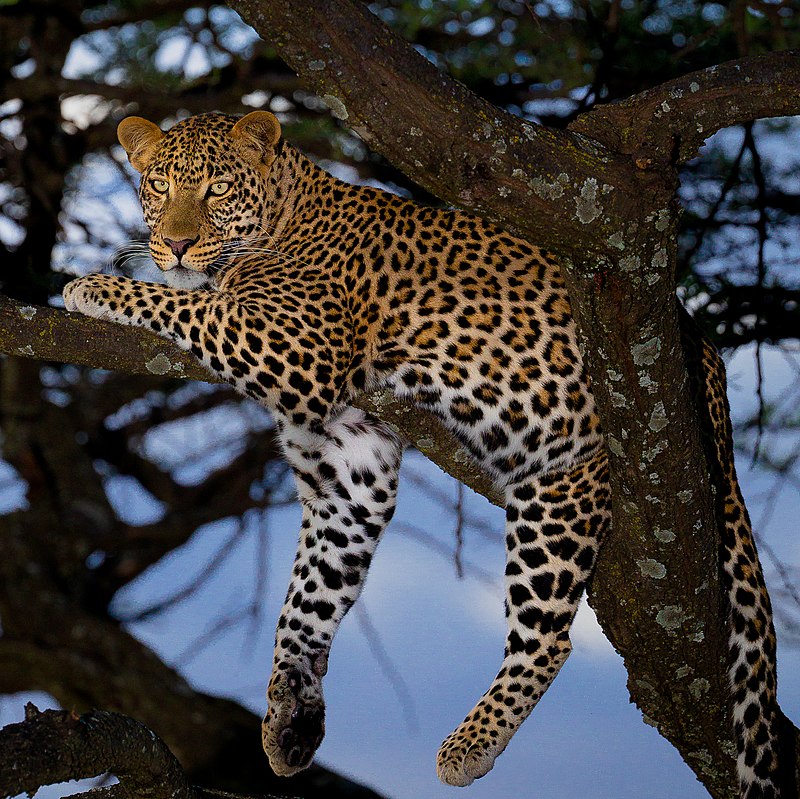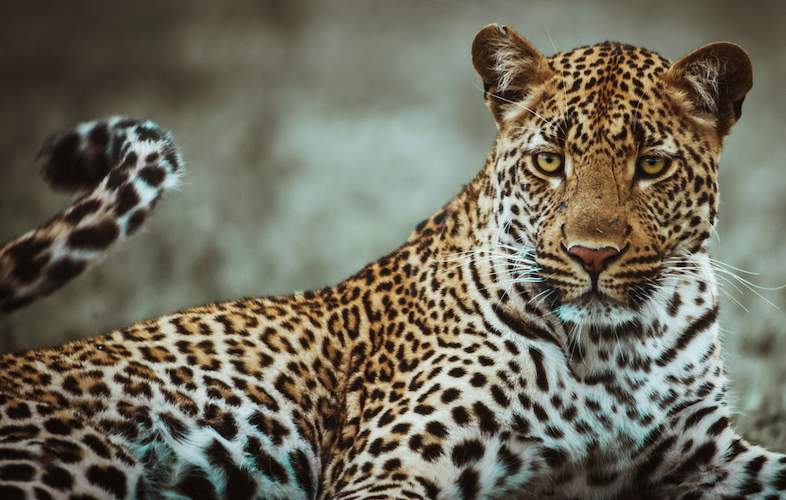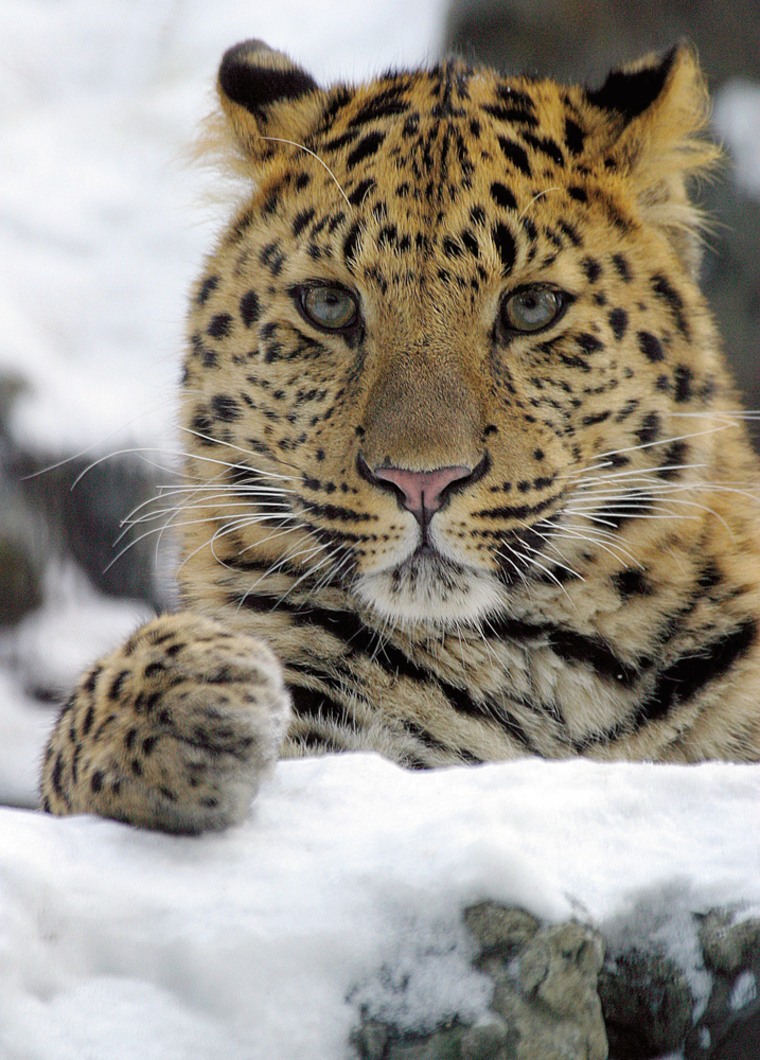Leopard: The Enigmatic Beauty of the Wild

Leopards, with their striking coat patterns and elusive nature, have long captivated the imaginations of wildlife enthusiasts and researchers alike. These majestic big cats belong to the genus Panthera and are known for their adaptability, strength, and unparalleled beauty.

The hallmark of leopards is their exquisite coat, adorned with distinctive rosettes that serve as both camouflage and a unique identifier. These large cats exhibit a wide range of coat colors, from golden yellows to deep russets, depending on their habitat. Their adaptability is evident in their ability to thrive in diverse environments, ranging from the dense forests of Asia to the open savannas of Africa.

Leopards boast a powerful and agile physique, making them exceptional hunters. Their keen senses, sharp claws, and strong jaws contribute to their prowess as solitary predators. These cats are renowned for their ability to carry prey larger than themselves up into the branches of trees, a behavior that sets them apart from other big cats.

Leopards display an impressive geographic range, inhabiting a variety of ecosystems from the Indian subcontinent to sub-Saharan Africa. Their adaptability allows them to dwell in a spectrum of landscapes, including rainforests, grasslands, and deserts. This versatility has contributed to their survival in the face of human-induced changes to the environment.

However, this adaptability does not shield them from the challenges posed by habitat loss and fragmentation. As human populations expand, leopards find themselves increasingly in conflict with humans, leading to incidents of livestock predation and retaliatory killings. Conservation efforts are crucial to mitigate these conflicts and secure the future of leopard populations.

Despite their widespread distribution, leopards face threats that jeopardize their existence. Habitat destruction, illegal wildlife trade, and poaching for their striking pelts and body parts pose significant risks to their populations. Climate change also adds a layer of uncertainty, affecting the availability of prey and altering their natural habitats.

Conservation initiatives play a pivotal role in safeguarding leopards and their habitats. Protected areas, anti-poaching measures, and community-based conservation programs contribute to the preservation of these enigmatic big cats. Furthermore, raising awareness about the importance of coexistence between leopards and local communities is essential for fostering a sustainable balance.
Leopards, with their mysterious allure and ecological significance, symbolize the untamed beauty of the wild. As we navigate an era of unprecedented environmental challenges, it is imperative that we recognize the importance of conserving these magnificent creatures and the ecosystems they inhabit. Through concerted efforts in research, conservation, and education, we can ensure that future generations continue to marvel at the grace and resilience of the elusive leopard.



